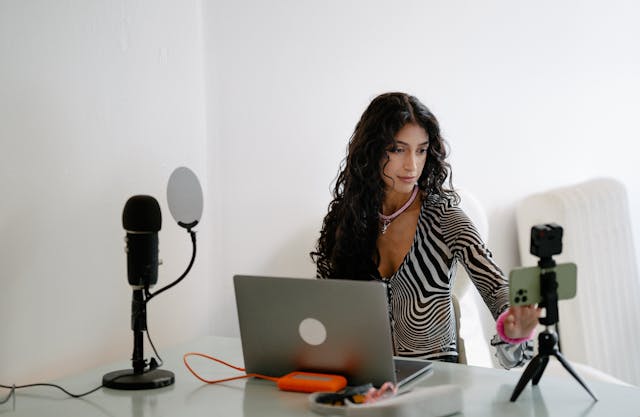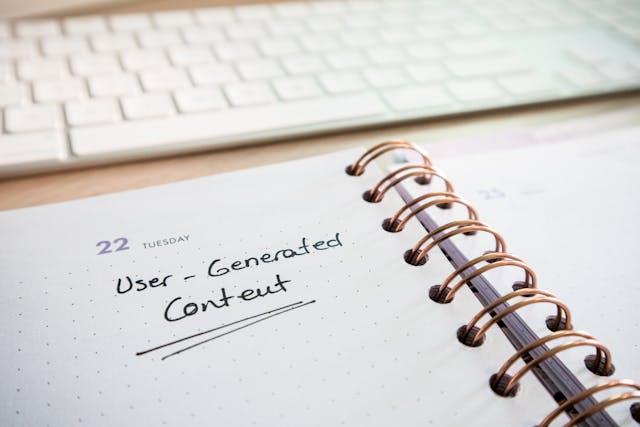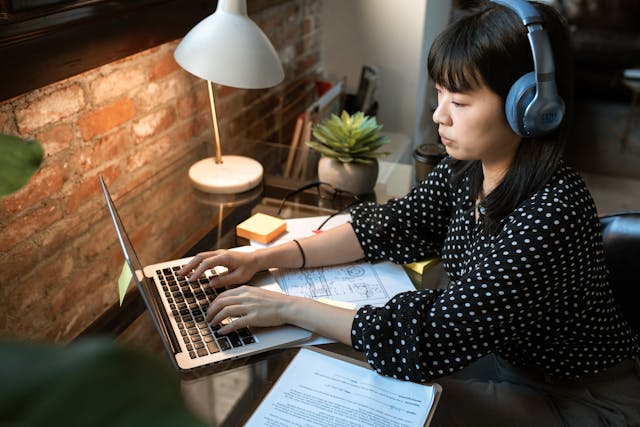Best Practices for Social Media Sharing and Collaborative Artwork
In today’s digital age, collaborative artwork on social media isn’t just a trend, it’s a movement that’s redefining how creatives connect, share, and evolve together.
Whether it’s a shared illustration, a multi-layered digital design, or an interactive TikTok project, collaboration fuels innovation.
However, giving proper credit isn’t optional, it’s necessary. It maintains trust, builds respect among creators, and ensures everyone gets recognized for their unique role.
If you’re an illustrator, graphic designer, or content creator, understanding how to collaborate effectively and share responsibly on social media leads to stronger networks and deeper impact.
That’s why this guide I have provided covers why collaboration matters, how to post joint projects right, and the most effective ways to credit your co-creators.
Collaboration fuels creativity, especially in the digital art world. However, when multiple artists contribute to a single piece, sharing it effectively on social media requires strategic planning.
By following best practices, you can ensure proper crediting, engagement, and visibility.
The Importance of Proper Crediting in Collaborative Artwork on Social Media
When sharing collaborative artwork on social media, giving credit is non-negotiable. Every artist involved should receive proper recognition for their contributions. Not only does this foster goodwill, but it also helps build credibility within the art community.
For example, digital artist @Loish always tags and credits her creative partners, which has helped her foster a strong, loyal following.
How to Properly Credit Artists After a Collaborative Artwork on Social Media
Tag all collaborators in the caption and on the image itself (Instagram, Facebook, and Twitter allow this).
List contributors in order of involvement, such as…
“Illustration by @ArtistA, Coloring by @ArtistB, Lettering by @ArtistC.”
Use proper hashtags like…
#CollabArt or #ArtistCollaboration to make it clear that multiple creators contributed.
Credit the original idea owner if applicable. Even if the final product evolved through teamwork, acknowledging the original concept respects creative integrity.
Choosing the Right Social Media Platforms for Collaborative Artwork on Social Media
Different social platforms cater to various types of audiences. Selecting the right one ensures that your collaborative artwork reaches the most engaged viewers.
Best Platforms for Showcasing Collaborative Art
Instagram: Ideal for visual artists, reels, and carousel posts showcasing the creative process.
Twitter (X): Great for sharing progress shots, final pieces, and starting conversations with fellow artists.
TikTok: Perfect for behind-the-scenes content, time-lapse videos, and interactive collaborations.
Pinterest: Works well for long-term exposure, especially if you want to attract clients or art buyers.
Behance & ArtStation: Best for professional portfolios and networking within the art community.
Tip: If your goal is freelance work, prioritize Pinterest and Behance. If you want engagement and fun, TikTok is gold.
Engaging Your Audience with Process and Storytelling
Social media thrives on storytelling. Audiences love to see the journey of an artwork, not just the final result. By sharing the process, you can create deeper engagement and appreciation for the collaborative effort.
Ways to Showcase the Process
Time-lapse videos: Speed up footage of the art coming together.
Progress shots: Share different stages of the artwork before the final reveal.
Live sessions: Host a live drawing session where each artist contributes in real time.
Before-and-after comparisons: Show the original sketch versus the polished version.
A great example is how Procreate features timelapse clips from community collabs in their IG stories.
Also, sharing fun facts, “this idea started over a coffee convo”, or challenges makes it feel human, not just polished.
Protecting Your Work: Copyright and Permissions
Before posting, ensure that every contributor agrees on how the artwork will be shared. This prevents misunderstandings and protects intellectual property.
Ways to Protect Collaborative Work
Decide on posting rights:
Can both artists post freely?
Who credits who?
Add watermarks or subtle logos to the corner of the image.
Copyright registration (especially for commercial use).
Use simple agreements if there’s a client involved.
Steps to Protect Collaborative Artwork
1. Agree on sharing rights:
Who can post it?
Does one artist have exclusive rights?
2. Watermark your work: Use subtle branding to prevent unauthorized use.
3. Register copyrights: If the artwork is for commercial use.
4. Use licensing agreements: If the collaboration involves clients or businesses.
If disputes arise, having a written agreement in place ensures clarity and fairness.
Leveraging Hashtags and SEO for Visibility
Optimizing your social media posts helps your artwork reach a larger audience. Using the right keywords and hashtags increases discoverability.
Smart Hashtag Strategy
Use niche hashtags: #CollabArt, #DigitalSketch, #ArtWithFriends
Tap into trends: Participate in seasonal art challenges or viral memes
Create branded tags: Like #TeamInkVibe or #TheSketchCollab
In your captions, include relevant keywords like “collaborative art,” “digital painting,” and “creative teamwork”, especially on Pinterest and Instagram where SEO counts.
Additionally, write detailed descriptions in your captions, using relevant keywords to boost SEO on platforms like Pinterest and Instagram.
Encouraging Engagement and Community Building
Interacting with your audience fosters community and increases visibility.
How to Boost Engagement
Ask fun, open-ended questions: “What part of the process surprised you most?”
Encourage reposts (with credit): “Tag a friend who’d love this collab.”
Run giveaways: Free prints, stickers, or even a custom doodle.
Host follower collabs: Let fans vote on your next theme or contribute lines.
Tip: Artist @DrawWithJazza does monthly challenges that bring fans into the collab process. It’s a win-win, more content, more community.
Sharing collaborative artwork on social media requires careful planning. Also, by giving proper credit, choosing the right platforms, protecting your work, and engaging with your audience, you can maximize the impact of your creative efforts.
Implement these best practices to ensure your collaborative projects gain the recognition they deserve.
So next time you finish a joint piece, share it with heart and hustle.
READ ALSO
Social Media Policy: Tips for Artists and Creative Professionals
DMCA Takedowns on Social Media for Artists: Effective Strategies
Social Media Marketing vs. Copyright Infringement: Finding Balance



